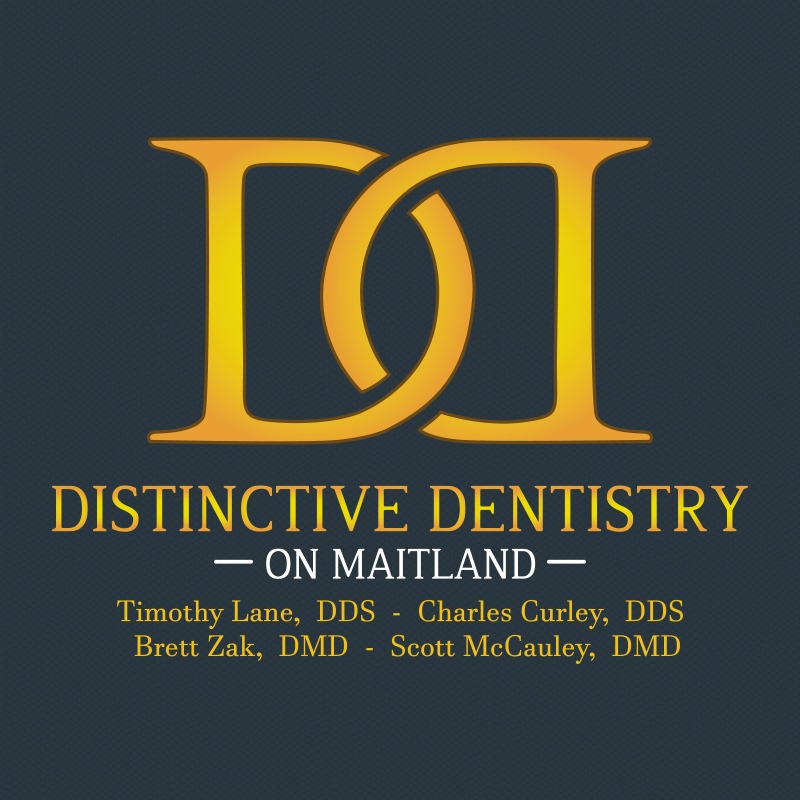HOW TO SAY HELLO TO YOUR DENTAL TEAM IN THE AGE OF SOCIAL DISTANCING
Posted by Timothy M. Lane Jul 06,2020

The COVID-19 pandemic has changed countless aspects of our daily lives, including how we say hello to one another. If you’re a hugger, living in this age of social distancing can be tough. It can be hard to feel connected with others when you can’t make physical contact without risking infection. Luckily, there are still plenty of ways you can greet other people, such as your dental team, while staying safe. A dentist in Altamonte Springs is here to share a few of them.
A Good Old-Fashioned Wave
Waving is an almost universal way to say hello or goodbye to somebody. No matter how physically separated you are from another person, a simple wave goes a long way in acknowledging their presence and making them feel seen.
Bow
The Japanese use bowing as a versatile gesture to express a variety of sentiments. Try making a quick, slight bow to indicate a silent, respectful greeting.
Prayer Hands
Also known as the namaste, this traditional Southeast Asian greeting evokes respect and gratitude. Press your palms together in front of your chest and bow slightly.
Foot Shaking
While handshaking is out of the question at the moment, you can actually still “shake” with your feet. To engage in a foot shake, both people stand on one foot and tap their raised feet together. Just make sure to maintain balance so neither of you fall!
Blowing a Kiss
A more playful, casual way to greet someone is by blowing them a kiss. However, be sure you don’t actually touch your fingers to your lips before doing so. This could accidentally transmit germs!
Air High-Five
You can still give somebody an enthusiastic high-five as long as you don’t completely follow through. To keep both parties healthy, stop your hands a few inches before they would touch to prevent direct contact.
Just Say “Hi”
You don’t have to come up with a whole complicated gesture just to say “hello.” Simply saying something like “hi” or “goodbye” while making eye contact when greeting or parting ways with someone is a great way to communicate to someone that you’re glad to see them.
Even though COVID-19 has altered so much of our everyday lives, one thing it hasn’t changed is the importance of a genuine “hello.” Use any of these contact-free greetings to say hi and bye to your dental team while keeping yourself and others safe!
About the Author
Dr. Timothy M. Lane achieved his dental degree from the Indiana University School of Dentistry. Since then, he has provided nearly three decades of excellent dental care. Dr. Lane and the rest of the team at Distinctive Dentistry on Maitland are taking every precaution to keep their patients safe. To learn more about these dental safety protocols in Altamonte Springs, visit his website.
More Blog Posts
Office Hours
MON - TUE7:00 am - 3:00 pm
WED7:00 am - 5:00 pm
THU7:00 am - 3:00 pm
FRI8:00 am - 12:00 pm
SAT - SUNClosed










